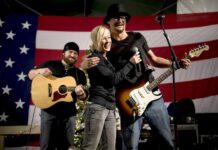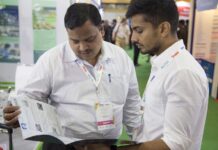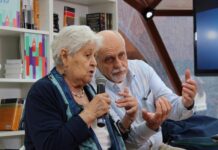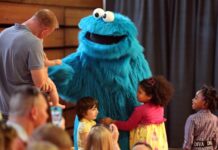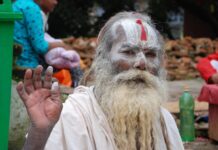This post was originally published on this site
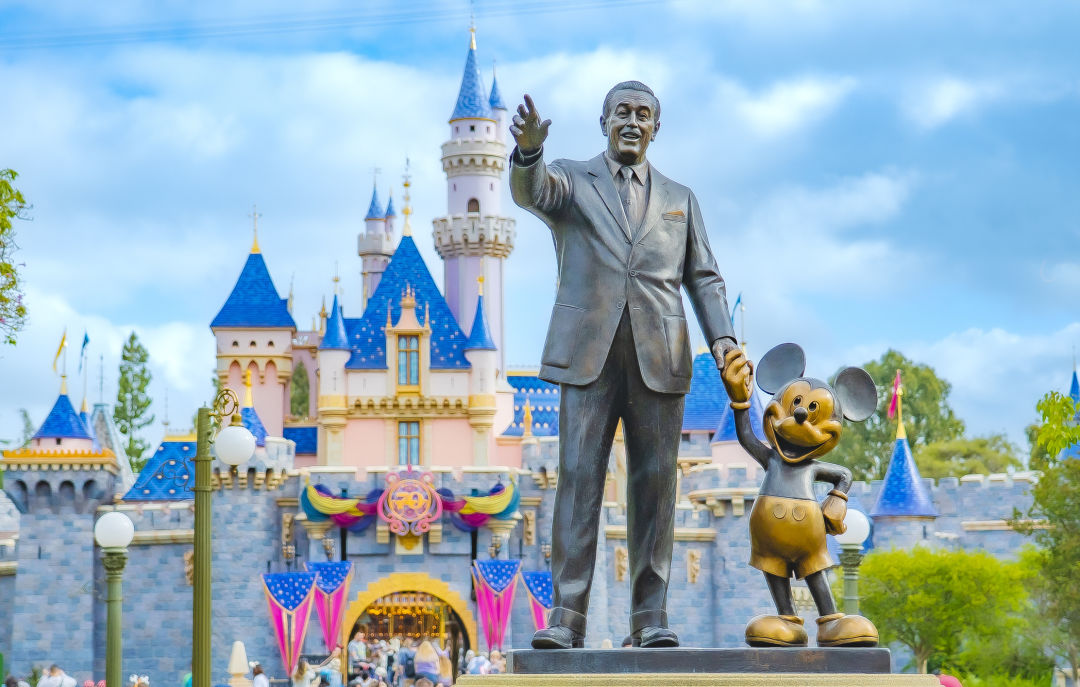
I’m about to step onto the boat on Pirates of the Caribbean when I turn to the ride operator to ask whether I, traveling solo, should slide in next to the two strangers already seated on a long bench seat or wait for the next vessel.
“This isn’t Knott’s Berry Farm!” the staffer tells me happily. It takes me a moment to decipher that his response means I’m indeed supposed to wait. While nearby theme park Knott’s apparently packs people in, I get a whole row to myself here at Disneyland.
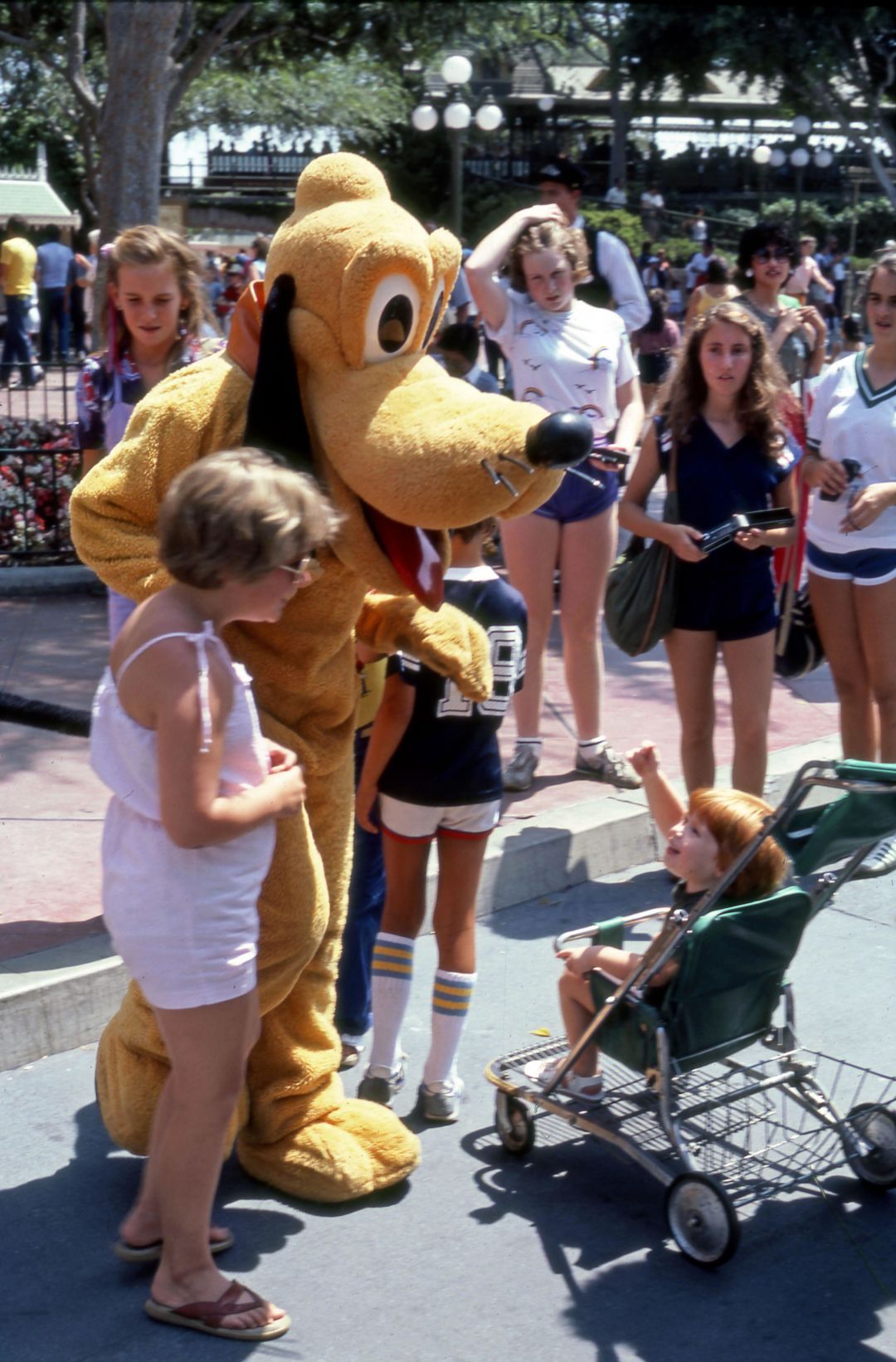
Pluto in 1967.
Disney has always prided itself on being different. It’s not just the insistence on an uncrowded ride experience; it’s how that worker’s formal title is “cast member,” as if they’re playing a role just as much as the actress who does photo shoots decked out in a Cinderella gown. Since Disneyland opened in July 1955 in Anaheim, the company has come to own entire sectors of American entertainment, travel, parenting, and popular culture.
As Disneyland turns 70 this year, the park itself is fully entrenched in its boomer era. As it erupts into special parades and new displays of multicolor merch, Disney invited me to a press preview of their 70th anniversary amenities. Given that Disneyland is one of the closest major amusement parks to Seattle (sorry, Wild Waves) it felt like a good time to reflect on whether, a lifetime after these original 55 acres invented the concept of the modern amusement park, there’s anything left of the original charm.
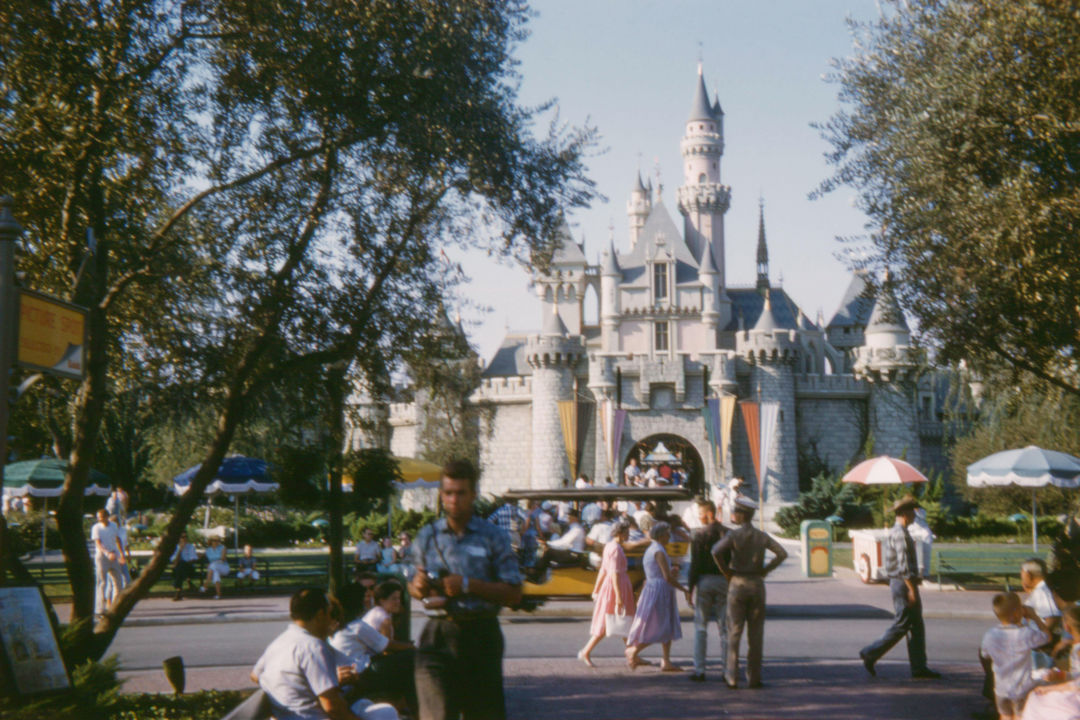
Much has changed at Disneyland, but the castle remains.
I fall somewhere in the wide gulf between Disney Adult and Disney hater, though I do find the aesthetic of mouse ears and castles a bit cheesy. Entering Disneyland for the first time since the 1990s—I last went on a high school trip—I braced myself to be put off by the whole circus. Or at least confused.
Disney, as a corporation, now pulls almost as much revenue from its theme parks ($34 billion in the 2024 fiscal year for its experiences sector) as its movies ($41 billion for its entertainment businesses the same year). When Disneyland opened, its animation studio was a hit and most parks were being geared toward gaudy or thrilling amusements; think Coney Island sideshows and roller coasters. Kid-first destinations blossomed in the 1950s, and Walt outdid them all by spending $17 million to build a cheerful Main Street replica and multicolor attractions in a farm town outside Los Angeles.

The Paint the Night Parade is back for the 70th anniversary of the park.
Today, Disneyland’s core is much the same; the center, known as Main Street USA, may now serve Starbucks coffee and $23 cheeseburgers, but the short blocks are still a post-war small-town idyll. A mini movie theater shows a series of old black-and-white Mickey Mouse shorts, including a rather shocking one where Mickey thinks he shot Pluto with his hunting rifle and sobs “Oh what have I done?” In the middle, a squat castle (designed after the one in Sleeping Beauty) serves as Disney’s signature landmark.
In Fantasyland, where classic-film rides are inside what look like old English storefronts, small vehicles do placid loops past Peter Pan’s pirate fights or Mr. Toad’s living room. They’re dated, sure; the flying Dumbo ride is only about as complex as the basic traveling carnivals that operated out of flatbed trailers at small towns around the country every summer. But they’re still wildly popular, with lines stretching as long as an hour at peak times. Plenty of people come for the OG experience.
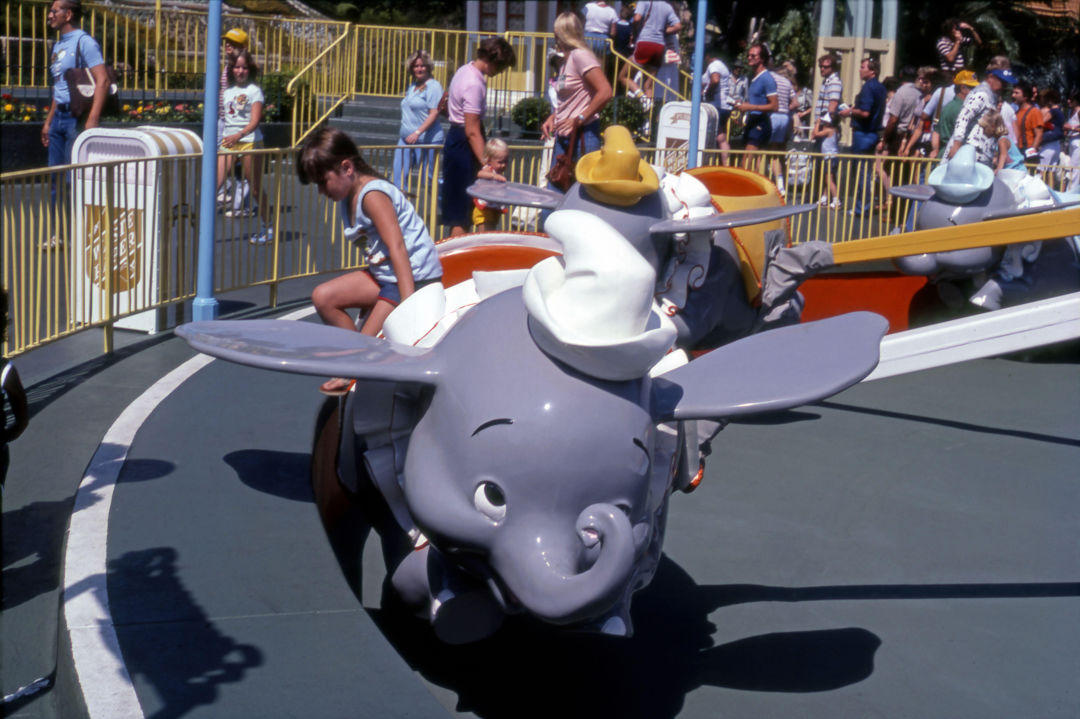
Dumbo: a classic.
But has all the fairy-tale vibe been eclipsed by the various additions that have arrived since the first teacups spun at the Mad Tea Party? There’s an Indiana Jones ride and Space Mountain and Big Thunder Mountain Railroad, and a whole second park, California Adventure, opened in 2001. There, Disney’s acquisition of Marvel is on full display with a Spider-Man web-shooting experience (it’s basically a moving video game) and a Guardians of the Galaxy elevator-drop ride.
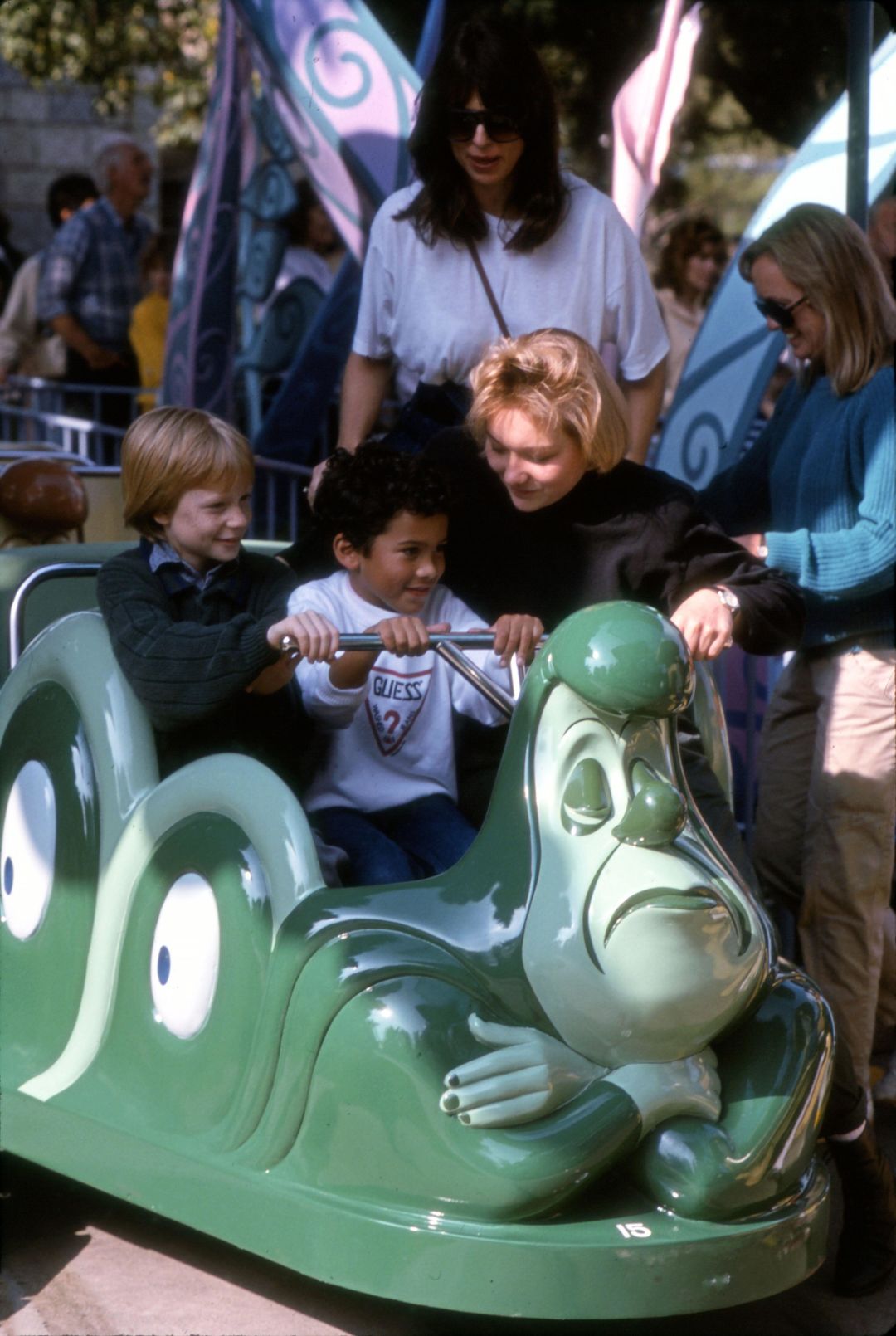
Fantasyland rides are still simple and kid-friendly.
Disneyland can’t work without blending the frantic explosions of Extended Universes with the calliope sounds of the King Arthur Carousel. It has to maintain a sense of wonder when a ride queue stretches into a three-digit number of minutes. Just how the park does did it seems to be the real Disney magic, at least the kind that convinces a skeptic like me: engineering and logistics.
Take the most incongruous addition to Disneyland, opened in 2019, called Star Wars: Galaxy’s Edge. Could any anything be more jarring than putting blasters and spaceships next to something as goofy as, well, Goofy? The solution to the juxtaposition lies in the brilliant scenic and sound design that manages the transition into Star Wars Land. The cicada chirps of Bayou Country turn seamlessly to otherworldly creaks and wind sounds of a forest on a far-off planet; I went back and forth a half dozen times marveling at the sound mixing.
And rather than make the new Star Wars Land a jumble of adrenaline-pumping rides, Disney gave it only two; the acreage is mostly about wandering around the full-size Millennium Falcon ship and decked-out space port. It delivers immersion through spectacle, a Main Street: Far-Off Planet to echo Main Street USA.
And oh, the logistics. Nobody does line management like Disney, and even long lines seemed to constantly move at a saunter pace, often through new rooms, scenes, and sights themed to the ride. While Disney has upsold visitors on skip-the-line passes ($20 to $30 for single rides, up to hundreds of dollars for a park-wide version), I barely felt tempted to buy my way out of the crowd. The high-end line-skipping option may be akin to flying first class, but Disney was careful not to make entry level feel like basic economy.
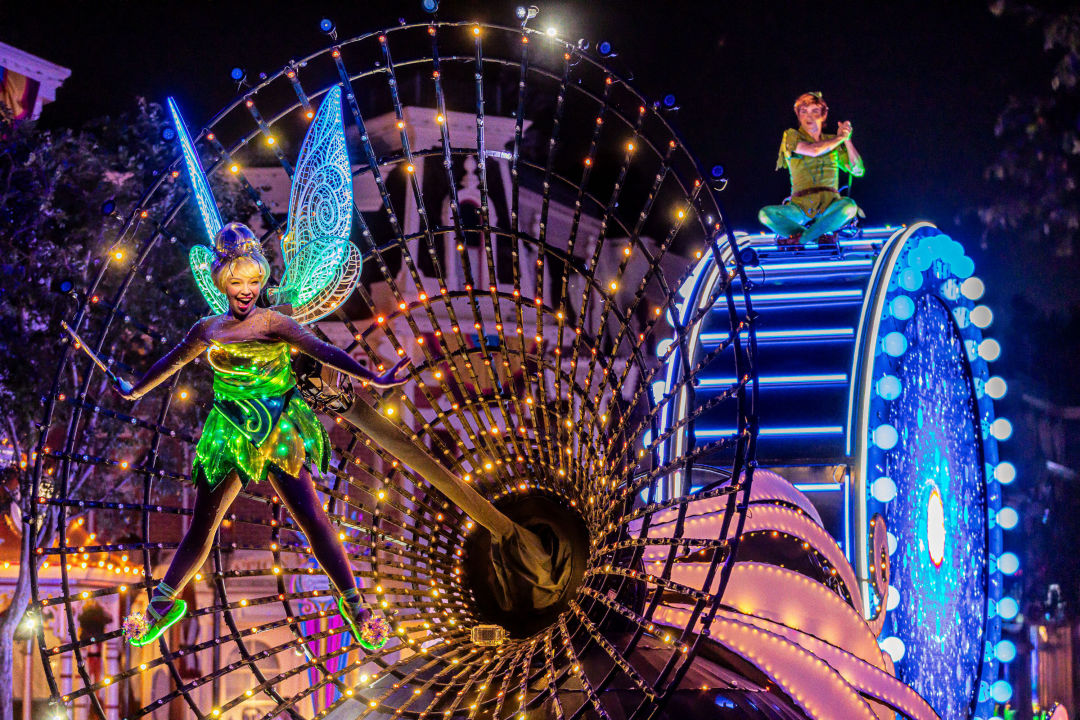
It helps that in 70 years the park has leaned hard into live entertainment, running multiple parades and cavalcades throughout the day, though I never quite learned the difference between the two. Light shows projected onto Sleeping Beauty’s castle and the facade of It’s a Small World, and the relaunched Paint the Night Parade full of illuminated characters in costume, both leave rides rather empty in the evening.
And walkable Disneyland, optimized for strolling adults and kiddie strollers, manages to be more pedestrian– and disability–friendly than even our best urban centers. In 1955, as it turns out, Walt Disney created the perfect 15-minute city. I didn’t exit the park as a Disney Adult, but I consistently felt impressed.
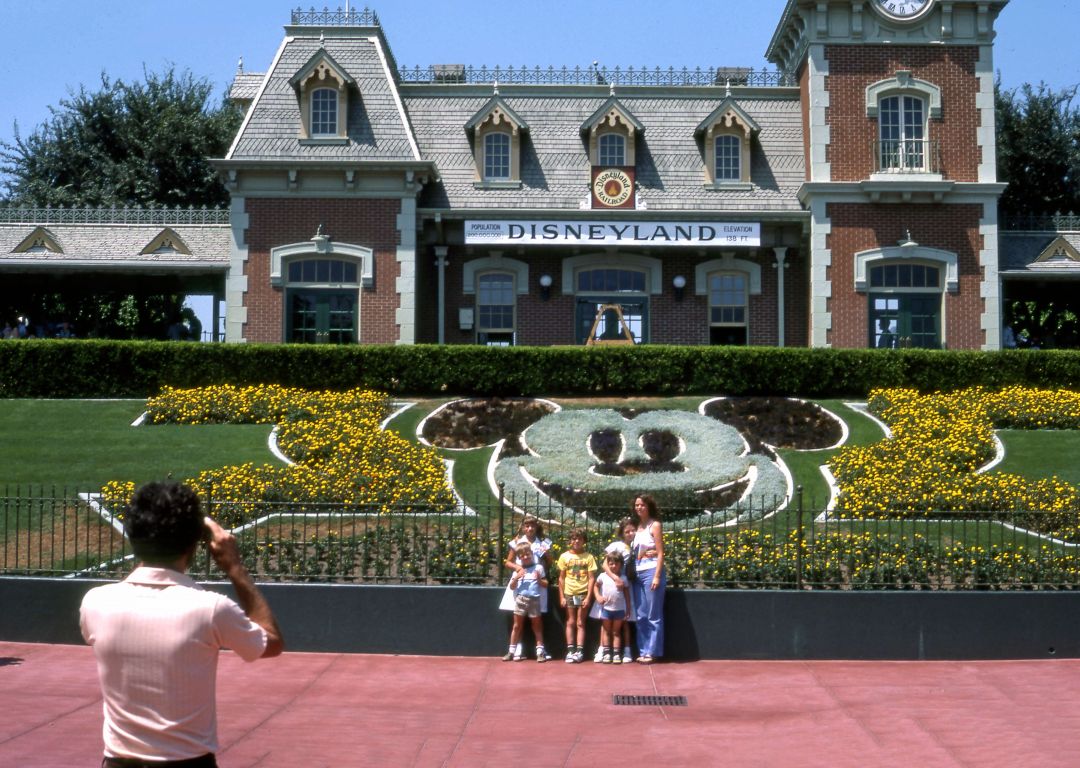
The park’s iconic entrance remains a photo stop.
At the end of a hectic day exploring the park, I took the Disneyland Railroad in a loop around the park before closing. It’s a peek at everything that really works, like the crowded alleyways of New Orleans Square. And it’s a look at what doesn’t, like the Finding Nemo Submarine Voyage; the original 1950s ride had retro Jules Verne swagger, but it was redone to feature videos of Finding Nemo characters in 2007.
I’d been inundated with advice before I came, and I saw how easy it was to get overwhelmed by the sheer tonnage of advance planning possible for a Disneyland vacation. But though I liked peeking at the park’s app to rubberneck at reported wait times from land to land, I didn’t really need it, nor did I need reservations or mobile ordering to get food any time I wanted it. I rode every ride I wanted to. (It helps, of course, that I didn’t need Mickey waffles or a photo with Cinderella.)
The end of the railway loop includes an attraction so dated I hadn’t heard of it in my research. In passing through a building, the train suddenly faces a replica of the Grand Canyon, lightning flashing in the distance, and then dioramas of dinosaurs lit in menacing oranges and reds. Animatronic animals make small movements while a volcano erupts in the background.
Mostly, it’s weird. Memorably weird. And that might be what I was looking for at Disneyland, what finally sold me on it.
It’s a strange idea to make a theme park out of old European semi-horror stories and space-age technology, but the weirdness makes the Fantasyland–Tomorrowland diptych work. The park’s original charm was always a little otherworldly, a little nonsensical, and that might be the true Disneyland distinction. As the parent corporation churns out movies and merchandise and superhero rides, Disneyland will manage to avoid feeling too slick as long as it keeps a little bit of weird.



